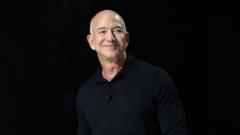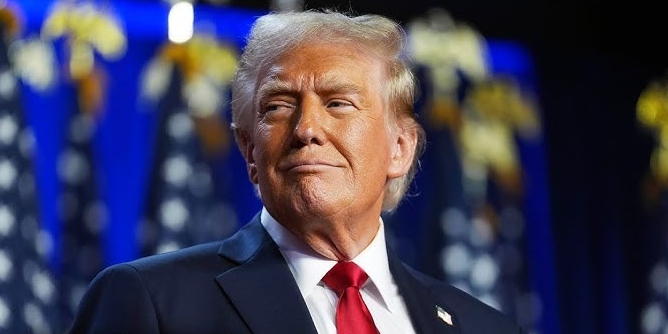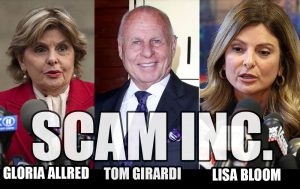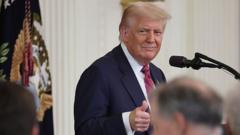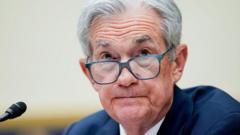The Washington Post, owned by Amazon founder Jeff Bezos, is set to lay off nearly 100 employees, equating to about 4% of its workforce, according to recent media reports. This decision comes as the publication deals with mounting financial losses and increasing competition in the digital news landscape. The layoffs are primarily targeting employees on the business side of the newspaper, reflecting a broader struggle that many media outlets are facing in an era dominated by online platforms vying for advertising dollars.
The cuts were announced on Tuesday amidst a backdrop of editorial turmoil for the storied publication. Last year, Bezos took the controversial step of blocking an endorsement for Vice President Kamala Harris, a move that generated significant backlash. Analysts suggest his decision was motivated by a desire to counter perceptions of media bias, a claim he elaborated on in an op-ed piece. However, the fallout included a staggering 250,000 subscription cancellations from disgruntled readers.
In 2023, the Washington Post reported $77 million in losses, amplified by a noted decline in website readership. Earlier in the same year, the paper attempted to address its staffing issues through voluntary buyouts in a bid to reduce its headcount by 10%. In terms of internal conflict, the newspaper witnessed the departure of high-profile reporters, including Josh Dawsey, who confirmed his move to The Wall Street Journal, and Matea Gold, who is joining The New York Times.
The strain between the leadership's editorial direction and the newspaper's talent pool escalated when Pulitzer Prize-winning cartoonist Ann Telnaes announced her resignation after the Post declined to publish a satirical piece depicting Bezos and other tech moguls. This incident reportedly followed Bezos' recent donation to Donald Trump's inauguration fund and public comments praising Trump's political comeback.
As the Washington Post continues to navigate this tempestuous landscape, it remains to be seen how these changes will affect its future in an increasingly challenging news environment.
The cuts were announced on Tuesday amidst a backdrop of editorial turmoil for the storied publication. Last year, Bezos took the controversial step of blocking an endorsement for Vice President Kamala Harris, a move that generated significant backlash. Analysts suggest his decision was motivated by a desire to counter perceptions of media bias, a claim he elaborated on in an op-ed piece. However, the fallout included a staggering 250,000 subscription cancellations from disgruntled readers.
In 2023, the Washington Post reported $77 million in losses, amplified by a noted decline in website readership. Earlier in the same year, the paper attempted to address its staffing issues through voluntary buyouts in a bid to reduce its headcount by 10%. In terms of internal conflict, the newspaper witnessed the departure of high-profile reporters, including Josh Dawsey, who confirmed his move to The Wall Street Journal, and Matea Gold, who is joining The New York Times.
The strain between the leadership's editorial direction and the newspaper's talent pool escalated when Pulitzer Prize-winning cartoonist Ann Telnaes announced her resignation after the Post declined to publish a satirical piece depicting Bezos and other tech moguls. This incident reportedly followed Bezos' recent donation to Donald Trump's inauguration fund and public comments praising Trump's political comeback.
As the Washington Post continues to navigate this tempestuous landscape, it remains to be seen how these changes will affect its future in an increasingly challenging news environment.

